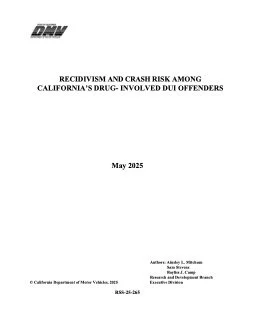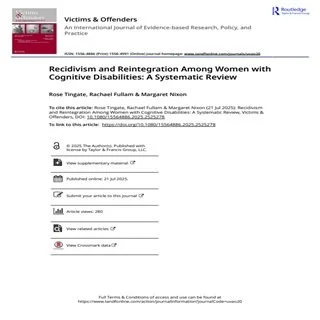By Ainsley L. Mitchum, Sam Stevens, and Bayliss J. Camp
The present study builds upon prior work by Marowitz (1996) by examining the crash and recidivism risk of alcohol-focused versus drug-involved driving under the influence (DUI) offenders. Although drug-involved DUI offenders remain a relatively small proportion of all DUI offenders, this proportion is rising, as is the proportion of impaired-driving fatal crashes involving drugs. Using a cohort of offenders arrested during calendar years 2014 through 2017, comparisons were drawn for the one-year periods pre- and post-arrest. Drug-involved offenders tended to have more problematic driving histories in the year prior to their index offense, as compared to alcohol-focused offenders. Even taking account of these differences in pre-arrest behavior, drug-involved offenders continued to have more problematic driving in the year subsequent to their index offense: they were twice as likely to be involved in a crash, and approximately 30% more likely to recidivate. A particularly powerful predictor of recidivism was whether or not a pre-conviction administrative per se (APS) license suspension – only available in instances where an offender is above the per se blood alcohol concentration (BAC) limit, or refuses a chemical test – was imposed. Offenders convicted of a DUI offense, but against whom no APS license action was initiated, were more than three times as likely to recidivate compared to offenders against whom an APS action was taken.
Sacramento: California Office of Traffic Safety; 2025. 78p.






